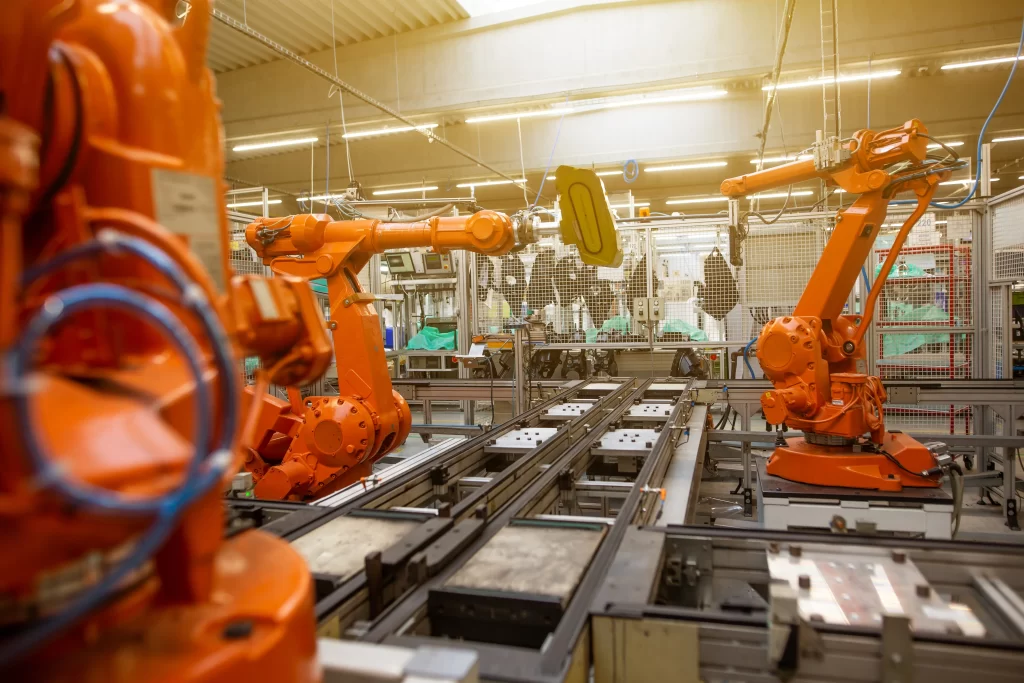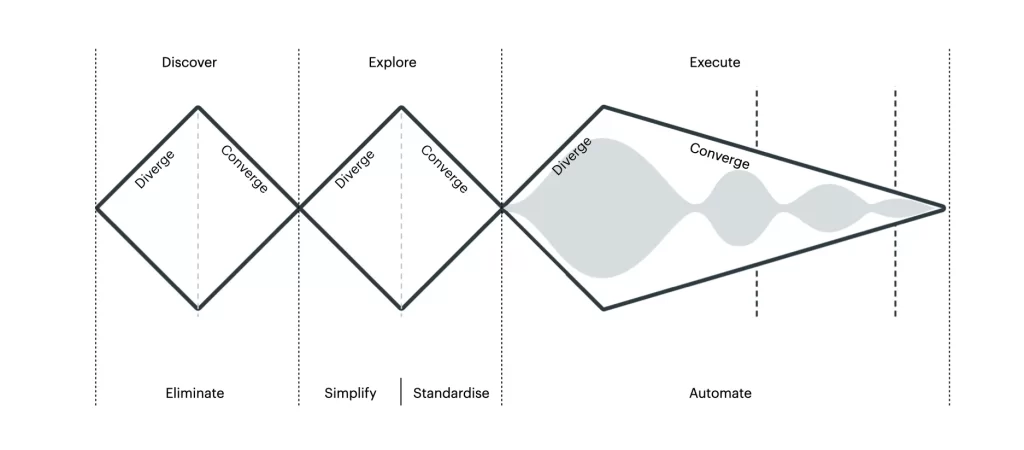
Success in the fourth industrial revolution or Manufacturing 4.0 requires a process framework to understand and enable human centricity in operations.
In this incredible dynamic and ever changing time, where uncertainty has become fairly certain. Consumer needs or voice of consumer has gain importance. Consumer preferences are shifting at ever increasing speed, and this is impacting the customers for manufacturing industries directly and indirectly. Ever changing preferences pressure organizations to continuously shorten the lead times and constantly develop new offerings. This means, firms are forced to shift from the reactive to proactive offering or solutions.
Today, what really defies the success is how effectively we pave the path between manufacturing process & response to consumer needs, how effectively we bridge gap how digital application and technology connect with each other to respond to consumer need fast or even before consumer asks for…
All equipments or machines are generating data, how effectively we generate data, analyze them, interpret them and make a well informed decision to improve or enhance the products, deliver more meaningful solutions and crafts greater experience for our customers.
Manufacturing industries have already invested heavily over the last several decades to improve their processes and reduce defects to gain overall efficiency, now with 4th revolution or Manufacturing 4.0, it is time to focus on digital adoption, identifying new business models, improve efficiency and meeting customer change. With the advancement of the technology, there is a visible shift from mass production to mass customisation. Automation and new product development has great opportunities for the future. In the manufacturing sector, innovation is seen as a fundamental way to ensure productivity growth.
Manufacturing industry is influenced by multiple forces that includes, government policies, technology development, productivity expansion and growth, ever changing customer preferences, shift in the global supply chains and internal dynamic changes as well. Creating the right value creating paradigm is essential for the innovation success.
I was recently going through the report, “A Lens in Future” by MLC (Manufacturing Leadership Council) and got some very interesting data points,
- 84% manufacturer across the globe believes that it is imperative and there will increased pace in digital adoption in the next decade, and it will be game changer by 2030.
Hence, if you haven’t started your journey towards manufacturing 4.0, then now is the time. - 58% manufacturer believes in autonomous factory operations by 2030, and of course cost of digitisation and bringing autonomy of the processes can be quiet investment intensive and may not be viable for the business.
- Almost 75% of manufacturer faces the shortage of skilled workforce and they believe that it will increase with the time, hence digitisation becomes most important and automate the operations.
- More than 80% of manufacturer are looking for better greater speed and flexibility
Finally, Gartner report says, 89% firms globally firm competing on the basis of customer experience.
Design Thinking for Digital Transformation is the realisation of new unique offering to customer making effective use of technology & transform behaviour.
Rohan Shah
Design Thinking, in a literal sense, is a human centric approach for problem solving to uncover true challenges with the customer and prioritize the area that are more critical for digitization while looking at Desirability, Feasibility and Viability…

Design Process ESSA
For the successful digital transformation at Hedweeg, we have designed a process, that we call it ESSA
In your journey of digital transformation or automation, do not even think about the automation till the end. Start with the process transformation.
Every processes are built to accommodate the resources we have, technology we have, people we have, however over the period of time, resources, people & technology changes but process remains same, or we expect or make our people or resources or build technology to work according to the process. This makes things complicated, and we end up saying that our industry has lots of complexities, there are lots of dynamics affects our industry. It is not easy to make changes in the industry, but let’s be mindful our processes or industries doesn’t have complex processes, rather we have made it complex over the period of time. Every time we hit a problem, instead of solving problem, we end up solving the situation by making some changes in the processes keeping only that problem in mind.
Let’s understand the ESSA in details,
Eliminate
First step towards successful transformation is to eliminate complexities from the existing system or processes. In this step or journey of elimination of complexities, start with diverging yourself by understanding the problems or challenges people are facing due to the complexities or overall in the processes. This is where you diverge your perspective to gain the knowledge from all walk of the process and then start converging to narrow down key complexities to start moving towards simplifying the process. It is also referred as discovery phase, because discovery of the problem or the challenges with respect to people. Here is the key skill you need to understand the problem or human behavioural change is Empathy. Empathy is all about understand the perspective of people. This is the phase your mindset towards transformation plays key role.
You might heard the statement “Put yourself in the customer’s shoes”, but it is very important that, “before you put yourself in their shoes, remove your own shoes”, which means put your biases aside and keep beginner’s mind to understand the problem. This phase can be little bit difficult especially when you have spend years to certain processes and getting out of that experience bias can be little challenging.
Simplify
Once complexities are identified, it’s time to reimagine the process by simplifying the same. Simplified processes helps you automate at large extent and it helps in scaling up the business. Again at the simplifying stage you converge an ideate and brainstorm the processes to make it simple. This is the time you re-imagine the process from the scratch keeping your objective and problem you need to solve for the customer in center of focus.
One the major things to be careful in this phase or to avoid is find the gap in the process and only addressing those gap. Avoid gap analysis and re0imagine the process from the scratch keeping objective and outcome in mind.
Simplification is the process will help you for scalability later.
Standardize
Once the processes are simplified, it is very important to standardise those processes across the organization and how they interact with the other processes, people and technology. The interaction between them also has to be standardise.
This standardisation of the processes will help you achieve sustainability later or when you scale.
Automate
Aah… now is the time to think about technology
Once the processes are re-imagined or re-designed, it will be easy to incorporate technology and get the maximum advantage of the technology in terms of the outcome and well informed decisions. Organization who skip the step of process design, they end up simply map the inefficiencies of the existing process and end up not getting the advantage of the technology.
Digital transformation journey can be daunting and expensive and sometimes may not be viable for the business. To address those challenges, start with the one or two use cases in the organization and address how do you digitize them and avail the full advantage of technology. This step will also help you understand the challenges you might face during the digital transformation journey and help you address them more effectively when you move forward with the other processes later.
Collaboration & Co-creation
One more major challenges organization faces or one the reason for digita transformation failure is adoption of the new technology by the people. Change is always difficult for people and apparently that is the only formula for the success and relevance as you move towards the future.
In order to have better adoption of the technology, involve the people from the very beginning, address their challenges in the process and co-create the process and technology journey with them. This will bring accountability and sense of being part an important journey of an organization. This shift will help you make them adopt the technology must faster rather then communicating or enforcing the technology post implementation.
Conclusion
To conclude, it is imperative to address the processes first before you take upon the journey towards manufacturing 4.0. Include people in the processes and co-create with them for better adoption of the digital technology.


